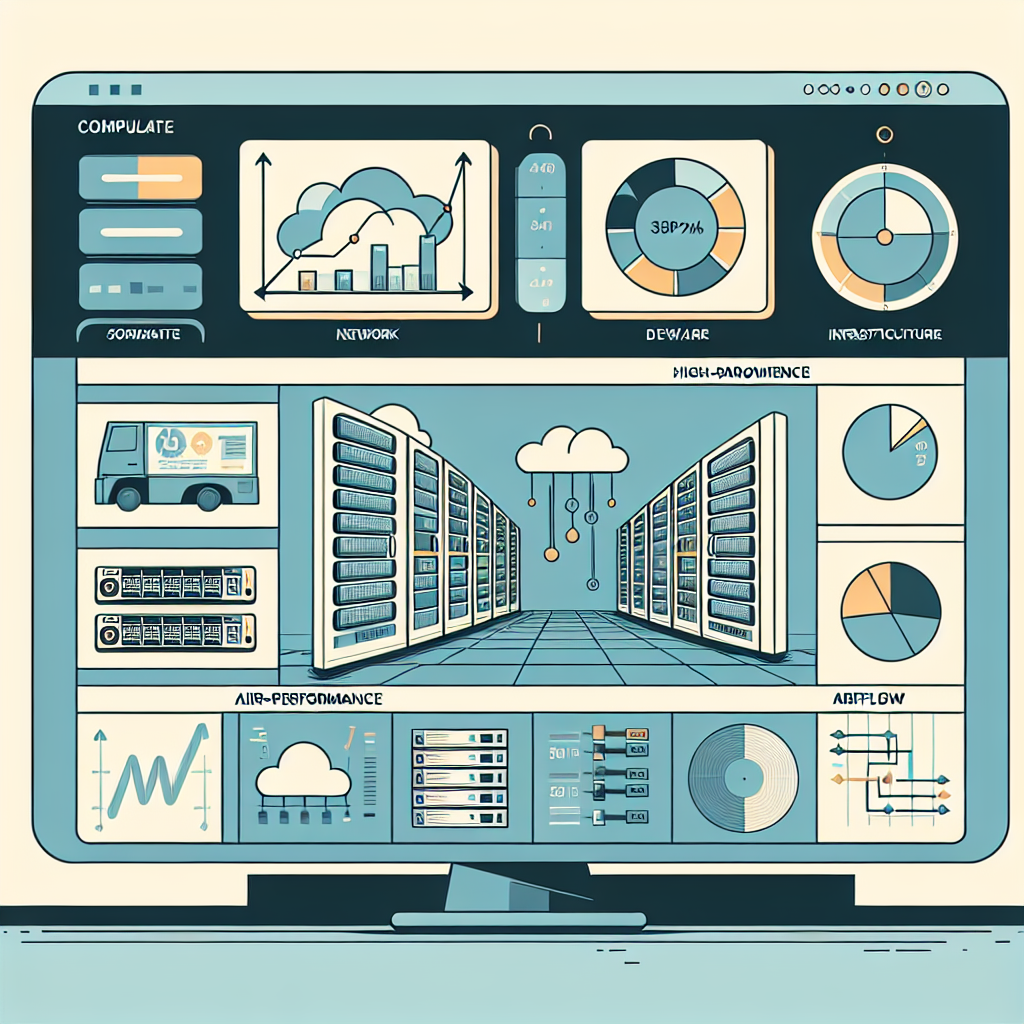Fix today. Protect forever.
Secure your devices with the #1 malware removal and protection software
Data center infrastructure management (DCIM) software is a critical tool for organizations to effectively manage their IT infrastructure. DCIM software provides a centralized platform for monitoring, managing, and optimizing data center operations. With the increasing complexity of IT environments and the need for greater efficiency and cost savings, DCIM software is becoming an essential tool for IT professionals.
Key Features of DCIM Software:
1. Real-time Monitoring: DCIM software provides real-time monitoring of all critical infrastructure components, such as servers, storage devices, networking equipment, and power distribution units. This allows IT administrators to quickly identify and address any issues that may arise, minimizing downtime and improving overall system performance.
2. Asset Management: DCIM software helps organizations track and manage all IT assets within the data center, including hardware, software, and virtual machines. This ensures that organizations have an accurate inventory of their assets, which is essential for effective capacity planning and resource allocation.
3. Power and Energy Management: DCIM software provides detailed insights into power consumption and energy usage within the data center. This allows organizations to identify inefficiencies and optimize energy usage, leading to cost savings and reduced environmental impact.
4. Capacity Planning: DCIM software helps organizations plan for future growth and expansion by providing insights into current capacity usage and available resources. This allows IT administrators to make informed decisions about resource allocation and infrastructure upgrades, ensuring that the data center can support the organization’s evolving needs.
5. Automation and Orchestration: DCIM software can automate routine tasks and processes within the data center, such as provisioning new servers or allocating resources to virtual machines. This reduces the manual workload on IT staff and improves overall efficiency and productivity.
Functions of DCIM Software:
1. Performance Monitoring: DCIM software continuously monitors the performance of data center components, such as servers, storage devices, and networking equipment. This helps IT administrators identify performance bottlenecks and address issues before they impact system performance.
2. Capacity Management: DCIM software helps organizations manage capacity within the data center by providing insights into current resource usage and availability. This enables IT administrators to optimize resource allocation and plan for future capacity requirements.
3. Change Management: DCIM software tracks all changes made within the data center, such as hardware upgrades, software installations, or configuration changes. This ensures that IT administrators have a complete audit trail of all changes and can quickly identify any issues that may arise.
4. Reporting and Analytics: DCIM software provides detailed reports and analytics on data center performance, capacity usage, and energy consumption. This allows organizations to make informed decisions about infrastructure management and optimize resource allocation.
In conclusion, DCIM software plays a crucial role in effectively managing IT infrastructure within data centers. By providing real-time monitoring, asset management, power and energy management, capacity planning, and automation capabilities, DCIM software helps organizations optimize their data center operations, reduce costs, and improve overall efficiency. Investing in a robust DCIM solution can help organizations stay ahead of the curve in today’s fast-paced and ever-evolving IT landscape.
Fix today. Protect forever.
Secure your devices with the #1 malware removal and protection software

Leave a Reply
You must be logged in to post a comment.